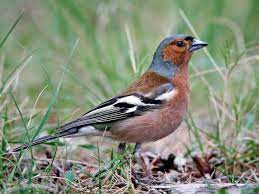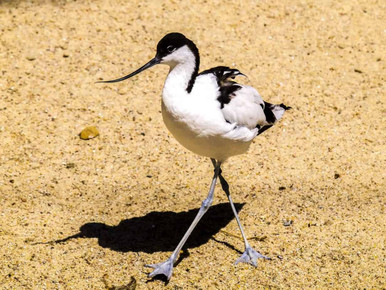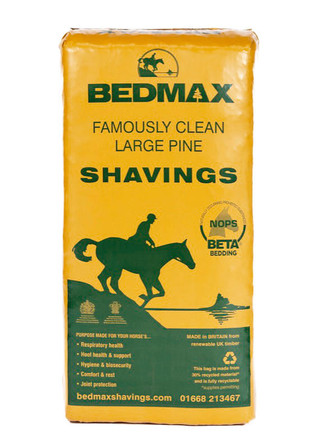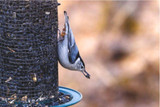Birdspotter's top 10 birds of Britain
Top 10 Birds of Britain
Top 10 birds of Britain. Come rain or shine bird spotting can be enjoyed any time of the year. With one of the hottest UK summers on record there’s no better time to explore the great outdoors, or the comfort of your garden and spot some of the best birds of England. To give you a helping hand in identifying which bird species you may have seen, here are 10 of the most common British birds that have been spotted according to our BirdSpotter tool.- Barn Owl

- Great Tit

- Blue Tit

- Woodpecker

- Blackbird

- Goldfinch

- Jay

- Chaffinch

- Robin

- Avocet

Explore Popular Articles
-
-
-
How Sunflower Seeds Can Improve Your Bird's Health
14th Jun 2024Birds are quite attracted towards sunflower seeds, but have you ever wondered about sunflower seeds'














